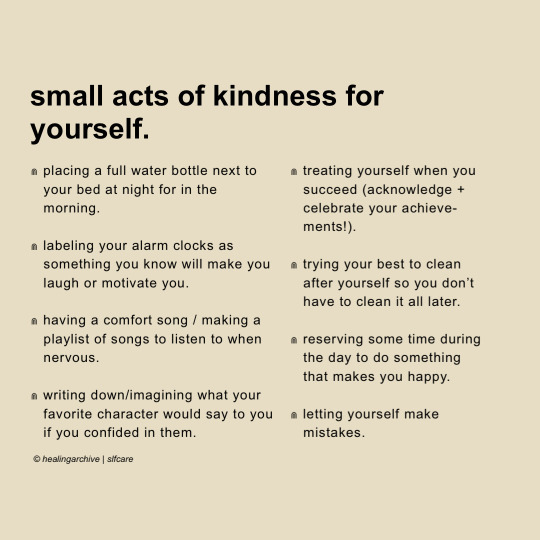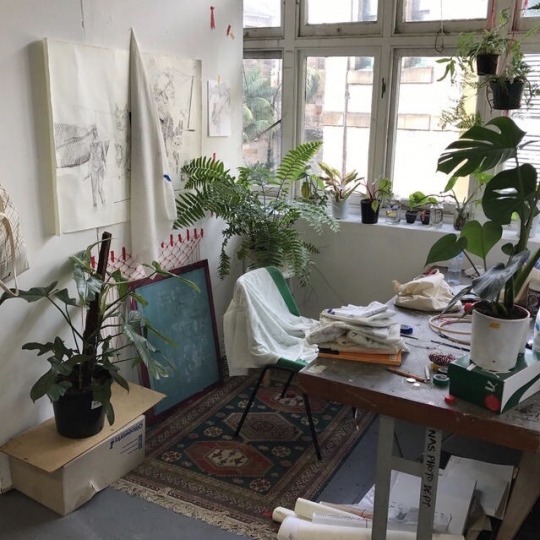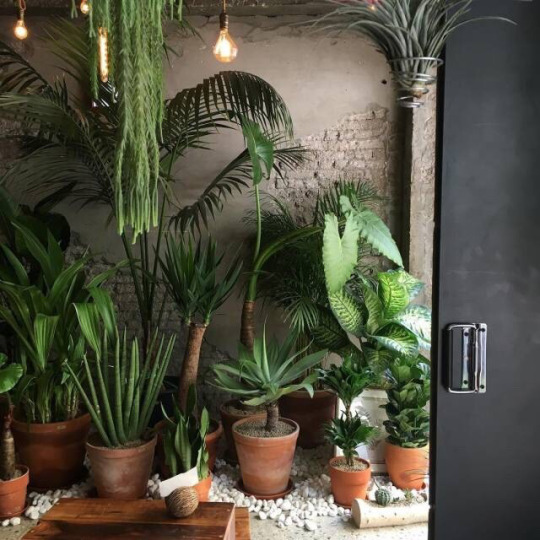Text
Visuals for better understanding
Putting my draftsman degree to good use by drawing models of my courses.
I'm starting to get better with working paper less 😭🙌🏻
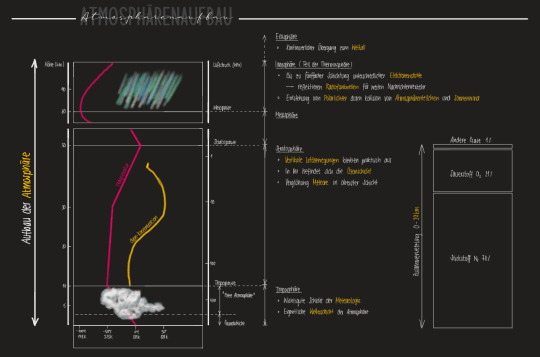
I am pretty proud of that cloud, not gonna lie...
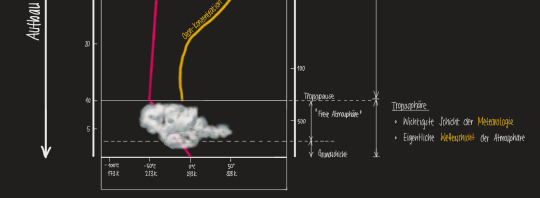
I am yet to master my handwritting. It is super messy on here...

6 notes
·
View notes
Text
Learning self-awareness
I am an adult with ASD and ADHD. Over many years of my life, I had to teach myself more self-awareness (huge thanks to my long-time partner in assisting me).
This process assists me as an observer to recognize my triggers and identify them before I get too overwhelmed.
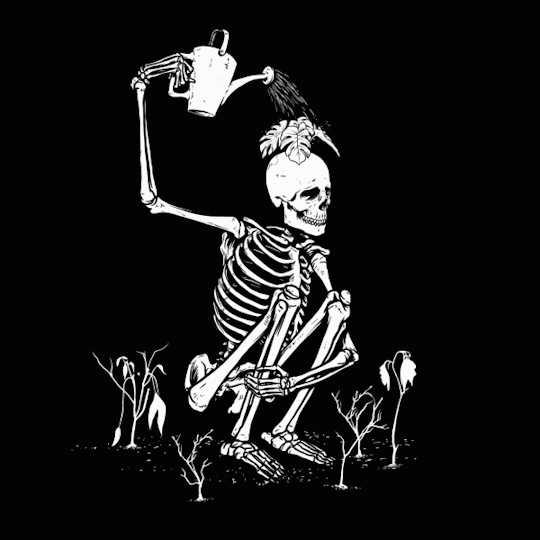
This made me wonder if other neuro-diverse people needed to learn more self-awareness than neurotypicals to handle the growing pressure to conform to the standard of “normality” defined by society?
Do you think neurodivergent people are more self-aware?
#neurodiversesquad#neurodiversity#neurodevelopmental disorders#actually autistic#adhd#women with adhd#women with autism#mental health#random thoughts#self-awareness#society
12 notes
·
View notes
Text
do you ever just have a sudden rush of love for books? like, you love to read in general but you have a very intense moment, similar to an epiphany, where you are just so happy that books are a thing. that you can go from reading a book about a blonde sassy detective to reading about time travel, or go from reading historical fiction to reading about superheroes. it’s just amazing, i’m so glad i get to experience so many stories and lives. that i’m not just confined to my own existence, and that i can lose and yet find myself in books and words. it makes me happy :)
4K notes
·
View notes
Text
Latest thought on the book “Psychological” by Dean Burnett
All the experience a single human has collected over the many years of their life will lead to a completely different setup of neural pathways. Consequently, leading not only to a human being but and an individual with unique feelings, opinions, and experiences.

Additionally, it opened my eyes to see that humans are, in fact, wonderful. It's just amazing how the brain interacts with the environment to create who we are, which is mind-blowing, to say the least.
0 notes
Text


made a homemade version of starbucks’ sweet cream cold foam today!
2K notes
·
View notes
Text
Summary of “Psychological” by Dean Burnett
I just finished this book and I am completely blown away. This book made me question so many things from society to my own diagnosis.
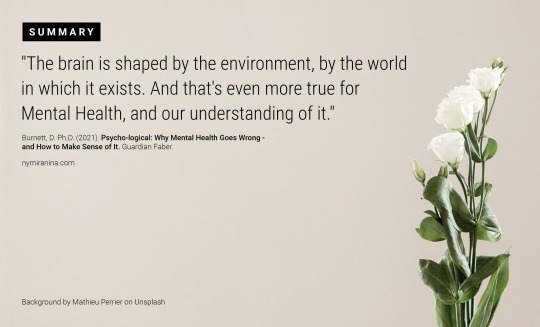
There are many points made throughout the book that highly fascinated me. One of which was the limits of human language when it comes to the correct assessment of a mental disorder.
I wrote a summary / review for all those interested: [ https://nymiranina.com/psychological-by-dean-burnett-personal-summary-and-notes/ ] 🥰
#book summary#non-fiction books#book review#neuroscience#psychology#mental health#mental disorders#booklr#bookblr#book quotes
1 note
·
View note
Text
Frogs in the backyard
I don’t know why this is such a calming sound to me. It brings me joy.

1 note
·
View note
Text
I got the notification that I passed all my exams. This brings me one step closer to my dreams. 😭❤

3 notes
·
View notes
Photo
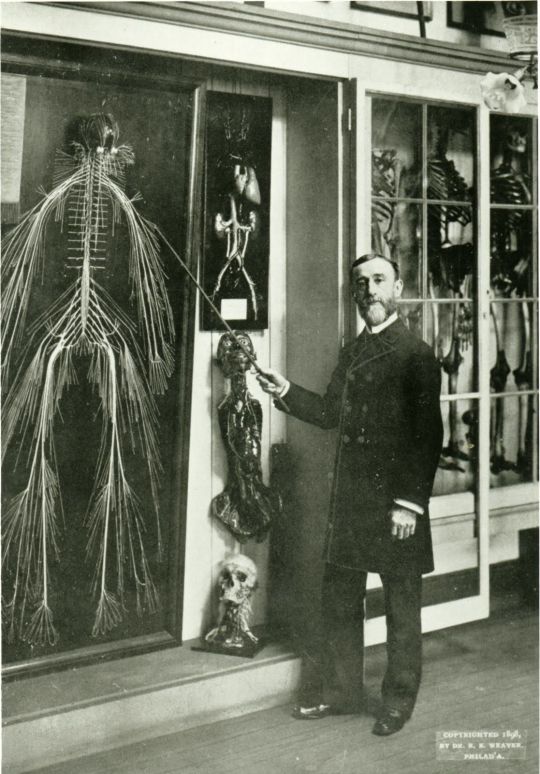

The meticulously extracted nervous system of a 19th-century woman on display at Hahnemann Medical College
Harriet Cole who worked as part of the custodial staff at Hahnemann Medical College in the 1880s. After she died from tuberculosis at age 35, Dr. Rufus B. Weaver, a professor of anatomy, carefully extracted her entire nervous system. Or at least that’s how the story goes.
When Weaver completed his preparation of the nervous system, the scientific community praised his accomplishment without much attention to the person who made it possible. The story of “Harriet Cole” emerged over the following decades, and archivists at Drexel University (whose medical school was formerly Hahnemann Medical College) are still piecing together the truth of her identity.
Over the course of five months in 1888, Weaver cut away flesh to reveal and remove the cerebrospinal nervous system. The nerves were first wrapped in gauze for protection, and then every single strand was covered with a white, lead-based paint and shellacked. Weaver mounted the entire system for display, the nerves arranged in the shape of the human body. Using zinc chloride, Dr. Weaver preserved the entire nervous system, thereby creating an excellent study tool for students.
Weaver told a fellow doctor about the project during a trip to Europe after his extraction of the nervous system. The doctor’s response: “It is impossible, there is no such thing in all this United Kingdom, and if it had been possible it would have been done by some one.” Weaver replied quietly: “So it has, by some one in the States.” The poor British doctor must have been frightfully irked.
Weaver said he intended for the nervous system to serve as an educational tool at the medical college, a destiny it certainly fulfilled. But it also found a far wider audience when Weaver took the display to the Chicago World’s Fair in 1893. It received an exhibition medal and the blue-ribbon Premium Scientific Award.
Little is known for sure about “Harriet,” the Black woman who supposedly donated her body to science. But her nervous system remains famous today, with images appearing in hundreds of textbooks, laboratories, and medical offices across the United States and beyond. The nervous system has undergone some restoration over the years, most notably by the Hahnemann-educated cardiologist Dr. George Geckeler in the 1960s.
Today the nervous system of “Harriet Cole” stands in all its surreal glory inside the Drexel University College of Medicine, enclosed in a glass case outside the entrance to the bookstore.
Source: Atlas Obscura (by Tony Dunnell). Images: Drexel University Legacy Center Archives & Special Collections - School of Medicine (Top: Dr. Rufus Weaver and Harriet, 1898., Bottom: Dissection kit similar to those used by Dr. Weaver and his students, circa 1900.)
2K notes
·
View notes
Text
Being thankful
I’m honestly so thankful for finally being able to let go of my past and embrace my future with someone who loves and cares for me 🥰
1 note
·
View note
Text
Fighting perfectionism with marginalia and other notes
I often write summaries of books I read. To fight my constant need for perfection, I started to annotate books with marginalia.

Doing this to the first few pages of the book hurt me.
P H Y S I C A L L Y o((>ω< ))o
However, a few more pages in, I realized that this practice makes me engage with the material more. I will not be doing this with all of my books, just the ones I intend to keep. ( Once I finished with annotating, I paraphrase to engage even more with the work. )
I understand that this is probably a no-go for many book fanatics. But I am also blissfully unaware of how many people take notes in this way.
The book: Psychological by Dean Burnett
#fighting perfectionism#marginalia#booklr#books#studying#non-fiction#neuroscience#the more you know#bookblr
4 notes
·
View notes
Text
It’s not about how many books you read...
...but what personal value you gain through the experience a book can provide.
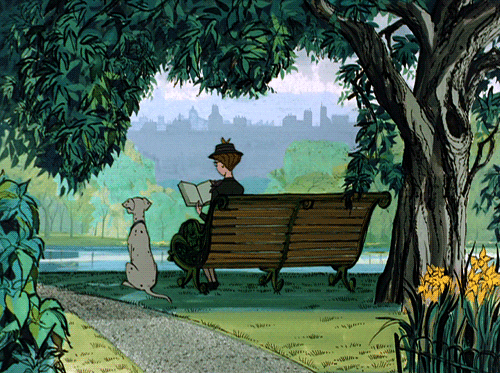
I noticed a lot of people who hurry through books. People who give themselves the challenge to read as much as possible in a given time frame.
There is absolutely nothing wrong with that. However, I believe the value one receives from the book plays a more significant role than the quantity itself.
Enjoy the book.
Enjoy the experience.
Enjoy the value.
#value#booklr#bookblr#qualityoverquantity#thoughtoftheday#studyblr#student#personal opinion#enjoytheride#experience
48 notes
·
View notes
Text
Things I Learned In Research
I only finished my first research project out of many, but I already learned some game-changing things that I wish I knew earlier.
1. It’s okay to mess up. In fact, it should be encouraged (within reason). You learn so many more intimate details about your work from mistakes than from successes. PCRs fail even when you’re careful, and animal models don’t behave like they’re supposed to. Undergrad labs can make you feel stupid when your experiment doesn’t work, but in research, mistakes happen all the time. Document them and learn from them.
2. There’s a lot of waiting around. Experiments can be slow. Progress in your project can be even slower. Manage your time between experiments so that it’s not wasted; read, write a chapter, scribble some ideas, or just close your eyes and think. All time is valuable.
3. If you can figure out a new way to do something, do it. There might not be a formal protocol you have to follow. If you think of an efficient way to observe something, go for it. Practice thinking outside the box.
4. There’s a lot less rules than you think there are. Of course, follow lab safety rules. But the lab is a resource- use it. You don’t have to walk on eggshells somewhere you belong.
5. Stay true to your findings. This isn’t an undergrad laboratory course. You’re looking at novel stuff here. Don’t play up or fake your data to impress your supervisor. That helps no one- tell it like it is. Believe in your work.
6. Your lab mates are not here to criticize you. They are your colleagues and mentors- ask them for help if you need it. Your work is important to their work too. You matter just as much as them.
I can’t possibly list all the things I learned, because this research experience has changed how I think in such integral ways, but here are a few anyway. I’m sure this is only the beginning.
Feel free to add anything that you learned!
1K notes
·
View notes

